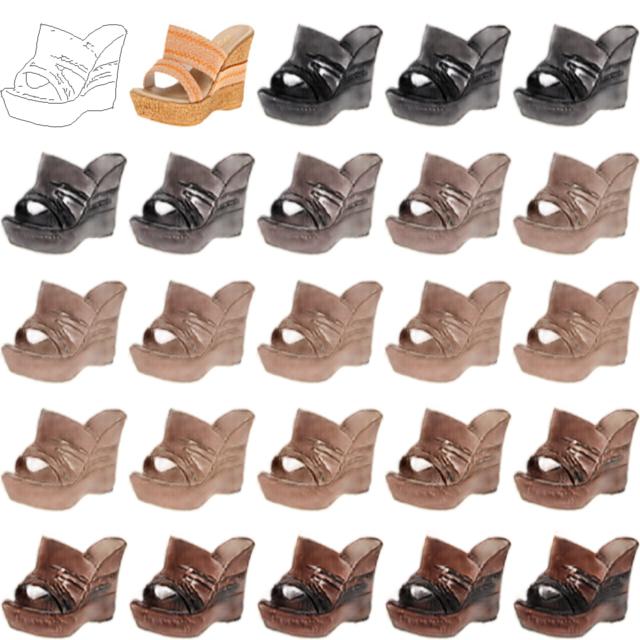# BicycleGAN implementation in Tensorflow
As part of the implementation series of [Joseph Lim's group at USC](http://csail.mit.edu/~lim), our motivation is to accelerate (or sometimes delay) research in the AI community by promoting open-source projects. To this end, we implement state-of-the-art research papers, and publicly share them with concise reports. Please visit our [group github site](https://github.com/gitlimlab) for other projects.
This project is implemented by [Youngwoon Lee](https://github.com/youngwoon) and the codes have been reviewed by [Yuan-Hong Liao](https://github.com/andrewliao11) before being published.
## Description
This repo is a [Tensorflow](https://www.tensorflow.org/) implementation of BicycleGAN on Pix2Pix datasets: [Toward Multimodal Image-to-Image Translation](http://papers.nips.cc/paper/6650-toward-multimodal-image-to-image-translation).
This paper presents a framework addressing the **image-to-image translation** task, where we are interested in converting an image from one domain (e.g., sketch) to another domain (e.g., image). While the previous method (pix2pix) cannot generate diverse outputs, this paper proposes a method that one image (e.g., a sketch of shoes) can be transformed into a set of images (e.g., shoes with different colors/textures).
The proposed method encourages diverse results by generating output images with noise and then reconstructing noise from the output images. The framework consists of two cycles, *B* -> *z'* -> *B'* and noise *z* -> output *B'* -> noise *z'*.

The first step is the conditional Variational Auto Encoder GAN (cVAE-GAN) whose architecture is similar to pix2pix network with noise. In cVAE-GAN, a generator *G* takes an input image *A* (sketch) and a noise *z* and outputs its counterpart in domain *B* (image) with variations. However, it was reported that the generator *G* ends up with ignoring the added noise.

The second part, the conditional Latent Regressor GAN (cLR-GAN), enforces the generator to follow the noise *z*. An encoder *E* maps visual features (color and texture) of a generated image *B'* to the latent vector *z'* which is close to the original noise *z*. To minimize |*z*-*z'*|, images computed with different noises should be different. Therefore, the cLR-GAN can alleviate the issue of mode collapse. Moreover, a KL-divergence loss *KL(p(z);N(0;I))* encourages the latent vectors to follow gaussian distribution, so a gaussian noise can be used as a latent vector in testing time.

Finally, the total loss term for Bi-Cycle-GAN is:

## Dependencies
- Ubuntu 16.04
- Python 2.7
- [Tensorflow 1.1.0](https://www.tensorflow.org/)
- [NumPy](https://pypi.python.org/pypi/numpy)
- [SciPy](https://pypi.python.org/pypi/scipy)
- [Pillow](https://pillow.readthedocs.io/en/4.0.x/)
- [tqdm](https://github.com/tqdm/tqdm)
- [h5py](http://docs.h5py.org/en/latest/)
## Usage
- Execute the following command to download the specified dataset as well as train a model:
```
$ python bicycle-gan.py --task edges2shoes --image_size 256
```
- To reconstruct 256x256 images, set `--image_size` to 256; otherwise it will resize to and generate images in 128x128.
Once training is ended, testing images will be converted to the target domain and the results will be saved to `./results/edges2shoes_2017-07-07_07-07-07/`.
- Available datasets: edges2shoes, edges2handbags, maps, cityscapes, facades
- Check the training status on Tensorboard:
```
$ tensorboard --logdir=./logs
```
## Results
### edges2shoes
| Linearly sampled noise | Randomly sampled noise |
| :--------------------------------------: | :--------------------------------------: |
|  |  |
|  |  |

### day2night
In-progress
## References
- [Toward Multimodal Image-to-Image Translation](http://papers.nips.cc/paper/6650-toward-multimodal-image-to-image-translation)
- [Unpaired Image-to-Image Translation using Cycle-Consistent Adversarial Networks](https://arxiv.org/abs/1703.10593)
- [Instance Normalization: The Missing Ingredient for Fast Stylization](https://arxiv.org/abs/1607.08022)




